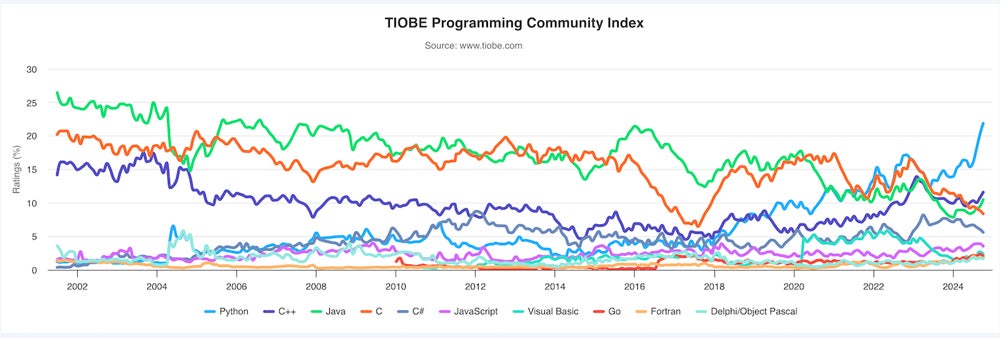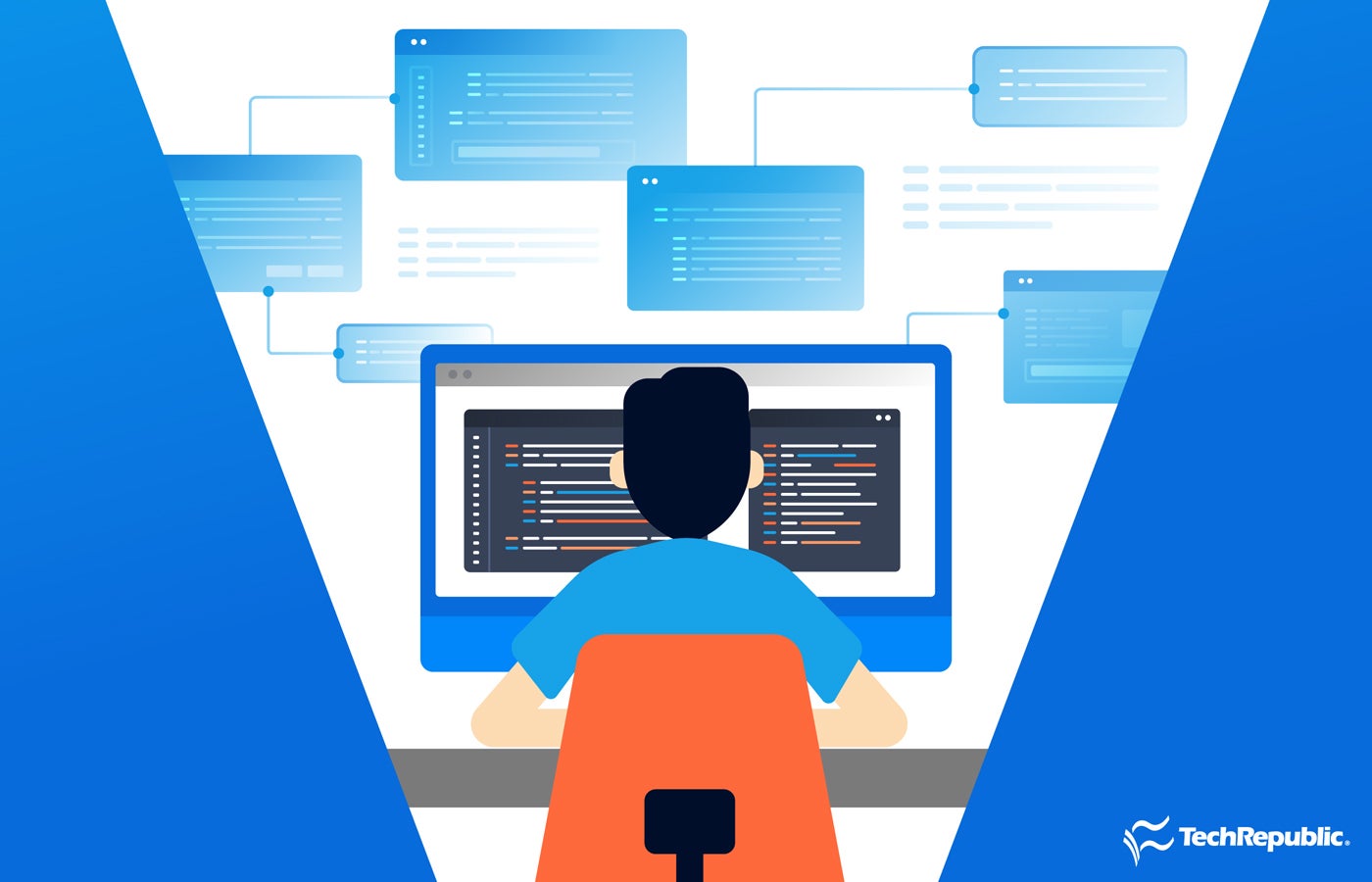
The Evolution of Programming Languages and the Phenomenon of Wordle
Programming languages are dynamic entities, constantly evolving in response to the needs of developers and the demands of technology. This article will explore the recent trends in programming languages, focusing on the rising popularity of Rust, and juxtapose this with the cultural sensations of games like Wordle, delving into why they captivate audiences so effectively.
Trends in Programming Languages
According to the latest TIOBE Programming Community Index, programming languages are changing in ways that reflect our technological advancements. In October 2024, Python surged from 20.17% to an impressive 21.9%, proving its dominance across various domains. Meanwhile, languages like C++ and Java also made notable gains, edging upwards to 11.6% and 10.51% respectively. These fluctuations in popularity highlight not just the skills of programmers but also the shifting landscape of software development needs.

Programming language trends, showing remarkable shifts in community interest over time.
The Rise of Rust
Rust, a systems programming language known for its performance and safety, has climbed to number 13 on the TIOBE index, a notable rise from 1.32% to 1.45% within just a month. This increase in use aligns with the industry’s growing appetite for languages that excel in data manipulation, security, and speed. Paul Jansen, CEO of TIOBE Software, emphasized the need for alternatives that can overcome Python’s performance limitations while still being accessible to developers.
Increased adoption of Rust speaks volumes about the need for languages that provide low-level memory control and performance benefits without sacrificing the safety features that modern software development demands. These attributes could make Rust an essential tool in developing efficient systems software, a necessity in today’s data-driven world.
Mojo, a New Contender
In addition to the stalwarts of programming, new languages like Mojo are entering the arena. Created by Chris Lattner, Mojo combines the expressiveness of Python with the performance of languages like Swift. Recently identified at position 49 in the TIOBE Index, Mojo showcases the potential of blending functionality with speed, making it particularly suited for AI programming and hardware applications.
Wordle: The Cultural Game Phenomenon
Switching gears from programming languages, let’s dive into Wordle—a simple yet addictive word puzzle game that captured the hearts of millions worldwide in late 2021 and 2022. The objective is deceptively straightforward: players must guess a five-letter word within six attempts, utilizing color-coded feedback to guide them.
Building a Wordle Game
Creating your own version of Wordle involves a few key components:
Choosing the Right Programming Language
You can construct Wordle in a myriad of languages, but the most popular choices include:
- JavaScript: Ideal for web-based gameplay.
- Python: Excellent for creating a command-line version, perfect for those starting out.
- Swift/Java: Great for mobile app development, allowing deployment on both iOS and Android platforms.
Word Lists
The heart of Wordle lies in its word lists; valid five-letter words are crucial, both for guessing and for selecting the target word. A robust word pool typically consists of approximately 2,500 target words and 10,000 guessable words.
Game Logic and User Interface
The logic behind Wordle is straightforward yet effective:
- Random Selection: A random word is chosen for each game.
- Input Validation: Validating player input ensures only legitimate words are used.
- Feedback Mechanism: Color-coded feedback—green for correct letters in the right place, yellow for correct letters in the wrong place, and gray for letters not in the word—enables strategic guessing.
For a web interface, simple HTML, CSS, and JavaScript will suffice to create an engaging user experience, complete with input fields, visual feedback, and game controls.

Crafting interactive games that engage players with strategic challenges.
The Appeal of Wordle
Wordle’s meteoric rise in popularity can be attributed to several intertwined factors:
- Accessibility: Wordle can be played by anyone with internet access, requiring no downloads or subscriptions.
- Daily Engagement: Limiting players to one puzzle a day fosters anticipation and keeps them coming back.
- Social Media Integration: The ability to share results has spurred friendly competition and viral growth on platforms such as Twitter.
- Community: The communal aspect of sharing and discussing strategies has forged connections among players, further enhancing its appeal.
Versions of Wordle and Beyond
The immense success of Wordle has sparked numerous variations:
- Dordle: Solve two Wordle puzzles at once.
- Quordle: Attempt four puzzles simultaneously.
- Absurdle: A variant that actively shifts the target word, increasing difficulty.
- Worldle and Heardle: Versions that incorporate geographical and musical elements respectively, broadening the genre’s appeal.
Conclusion
As we can see, the world of programming languages is as vibrant and developing as popular culture phenomena like Wordle. Both showcase the need for innovation—whether in enhancing coding efficiency or creating engaging gameplay. Rust is evolving to meet the needs of developers demanding speed and security, while Wordle has captivated the masses with its combination of accessibility and mental challenge.
In a rapidly changing technological landscape, keeping pace with emerging programming trends parallels the excitement of experiencing viral games. Together, they highlight the fluid nature of both coding and entertainment, reminding us of the intricate ways they influence society.














